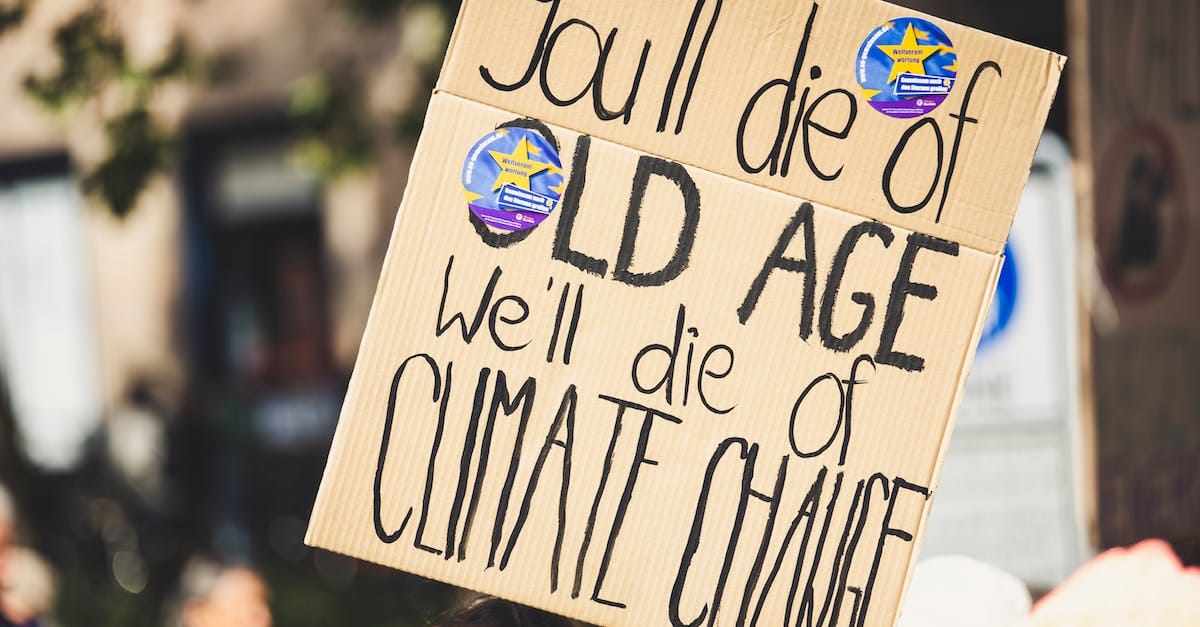The Growing Movement to Abolish Daylight Saving Time in America

Introduction:
Americans have long grumbled about the biannual time switch associated with Daylight Saving Time (DST). However, in recent years, discontent has been on the rise, with a growing number of states passing resolutions or legislation to abolish the practice altogether. Despite the widespread support, a 1960s-era federal law still poses a significant obstacle to change. This article delves into the current state of the movement to abolish DST in the United States and examines the potential benefits and drawbacks of such a change.
U.S. Senator Marco Rubio and Bipartisan Backing:
Daylight Saving Time has garnered significant criticism from both politicians and the public. In 2018, nearly all states addressed or considered legislation to abandon the practice. Alongside this momentum, U.S. Senator Marco Rubio passionately introduced a bill to end DST, referring to the current system as “stupid.” His move echoed the popular sentiment shared by many Americans who are fed up with the biannual clock adjustments. Rubio’s initiative has received considerable bipartisan and public support, indicating a strong desire for change.
Challenges in Congress:
While the movement to abolish Daylight Saving Time has gained traction at the state level, it faces an uphill battle in Congress. The Sunshine Protection Act, introduced in both the House and the Senate, has made limited progress. The Senate bill advanced to committee after being read twice, while the House bill remains in a subcommittee. The slow progress reflects the complex nature of changing federal legislation and the need for widespread political consensus.
American Academy of Sleep Medicine Supports Abolishing DST:
In a rather surprising twist, the medical community is starting to express concerns about the health and safety implications of Daylight Saving Time. The American Academy of Sleep Medicine, a prominent medical association, released a statement emphasizing the need for the complete elimination of DST. Citing alignment with people’s natural circadian rhythm, the association argues that maintaining standard time throughout the year is crucial for health and safety. Research has indicated that the time switch itself can lead to increased workplace injuries, car accidents, and heart attack risks. Moreover, studies have found that the adjustment also affects sleep patterns, causing more dissatisfaction and higher rates of insomnia.
Looking Ahead:
As Americans eagerly await a resolution to the Daylight Saving Time debate, it is clear that the movement to end this tradition is gaining momentum. The overwhelming support from politicians, experts, and the public suggests that change is within reach. However, the legislative roadblocks at the federal level cannot be overlooked. The fate of Daylight Saving Time in America hinges upon federal action, requiring bipartisan cooperation and a push for reform. Ultimately, it remains to be seen whether Congress will heed the call to abolish this controversial practice once and for all.




